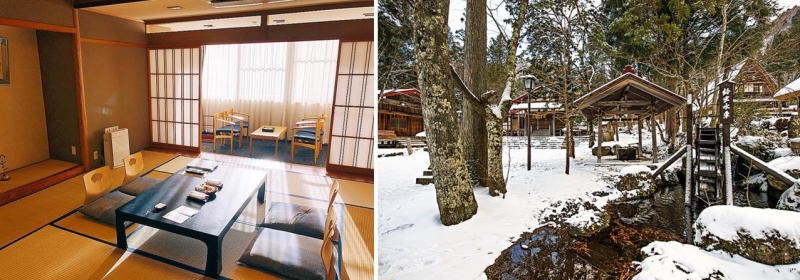While in Japan, sometimes the intense shopping and bustling city life can get to you. If you’re looking for something different, why not add the beautiful mountains of Takayama to your bucket list? Another highlight of this quaint town: the traditional Gassho-style houses dating all the way back to the Edo period, which offers a glimpse into Japan’s rural life in the olden days.
Aside from pottering around the streets of beautifully preserved buildings and visiting the many elaborate temples, the old town and its surroundings has much more to offer.
Read on to catch a glimpse of the endless activities you can get yourself involved in; you’ll be falling deeper in love with Takayama before you know it!
1. Observe how Takayama was run 400 years ago
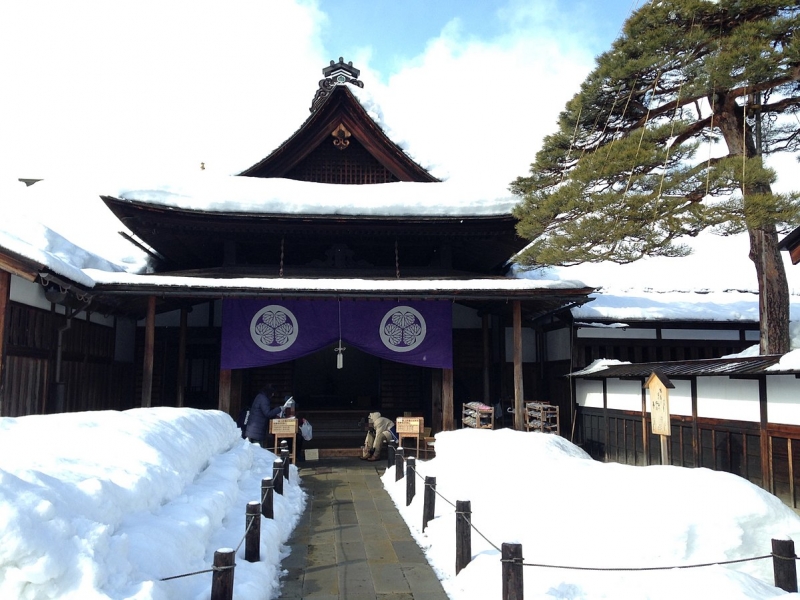
Image credit: そらみみ
Get your first taste of Takayama’s beautiful architecture with a visit to Takayama Jinya, a former government house now converted into a museum. Explore the main building and observe numerous traditional tatami mat rooms that once served as official business areas, such as offices, guest houses and conference rooms.
Next to the main building sits a huge warehouse, which was once the largest traditional rice warehouse in Japan. Today, it is filled with exhibits of official documents, old maps, town plans and some of the belongings of feudal lords, with an atmosphere that’ll transport you back into the archaic past.
2. Saunter through an old Japanese village

Image credit: mksfca (left), Chi Tranter (right)
Hida no Sato, also known as the Hida Folk Village, is an open-air museum made up of real buildings that recreate a traditional mountain village. Featuring more than 30 buildings from the days of the old, these quaint structures come with thatched and shingled roofs that are especially fairytale-like when covered with a soft blanket of snow during the winter.
Check out and perhaps pick up a few intricate crafts made by the local artisans while you enjoy the atmosphere of this old village and its wonderfully preserved structures!
3. Overnight at a cosy ryokan
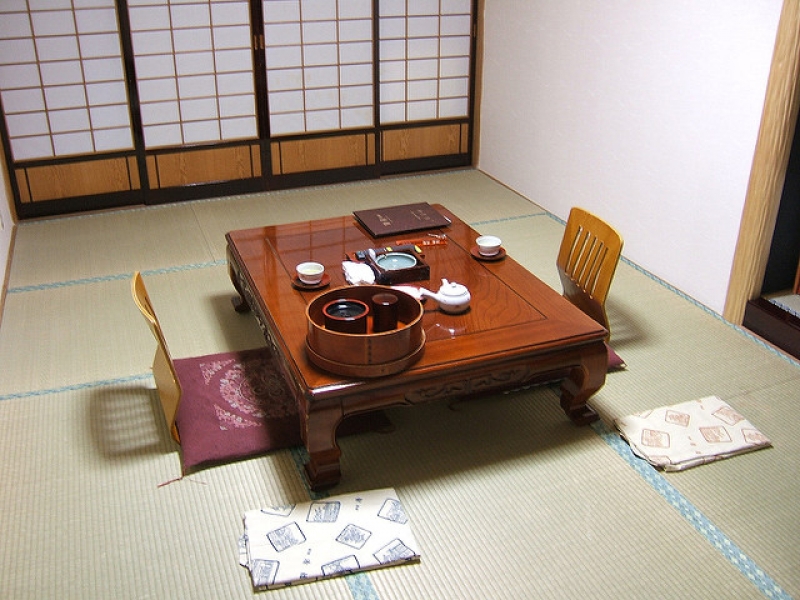
Image credit: Robert Young
Tired of polished floors, leggy furniture and cluttered hotel rooms? While in Takayama, immerse yourself in the minimalist experience by booking a stay at a ryokan. These traditional Japanese inns are a welcome change from Western-style hotels, featuring beautiful gardens and guest rooms with sliding paper screen doors that are bathed in the warm soft glow of the lamps.
Take your immersion in Japanese culture to the next level as you dress in a borrowed yukata (for free!) from Oyado Koto no Yume for the day ahead. For those looking for a more luxurious experience, book a stay at Ryokan Tanabe, where selected rooms have a private cedar bath for your enjoyment. The best part – savour their fantastic regional hoba miso and other culinary delights within the walls of your own room!
4. Sniff out quaint boutiques and centuries-old sake breweries
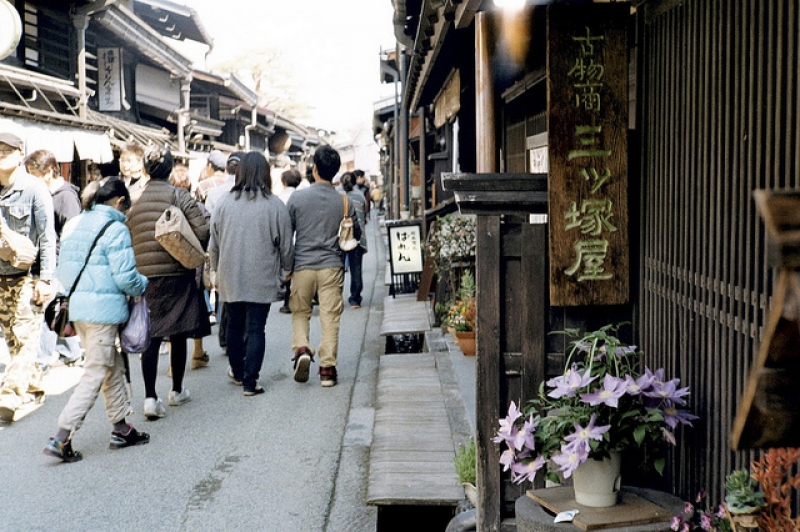
Image credit: Nisa yeh
Wander along the narrow streets of Sanmachi Suji, a lively and well-preserved old town filled with long-time sake breweries dating back to the Edo period, whimsical boutiques and tasteful coffee shops.
While fishing around for curious knick-knacks to take home, don’t forget to peep inside one of the historical homes that pop up in between the pleasant establishments. Some homeowners do open their doors to the public to share the way of life of their ancestors and themselves through exhibiting traditional household goods and local arts and crafts.
Take note that the streets are only open from 9am to 5pm, so don’t keep your hopes up for a dinner spot after dark in this area.
5. Feed your curiosity of life in old-time Japan
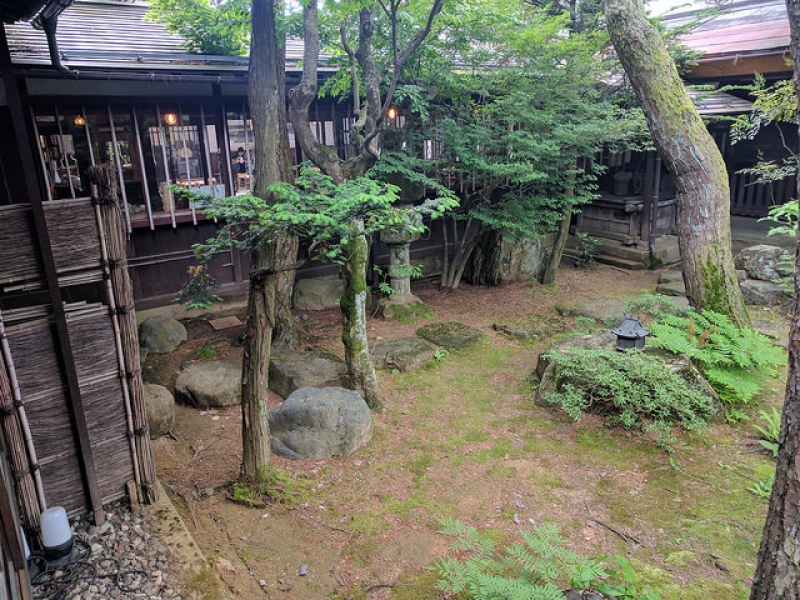
Image credit: Ankur P
Interested in more history surrounding Takayama’s traditional households? Let Kusakabe Heritage Museum be your next stop. The property once belonged to a family of wealthy moneylenders during the Edo period. After the building was destroyed by a fire, the current museum exists to house artifacts and crafts from that period.
Highlights include a carriage that the Kusakabe brides rode in as well as their bridal wear and a collection of over 5,000 pieces of Hida ceramics on display.
6. Trawl the morning markets of Takayama
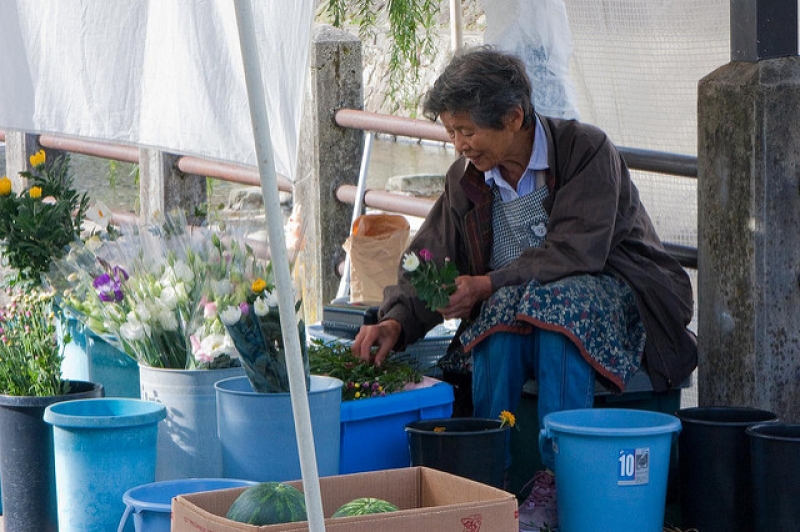
Image credit: Héctor de Pereda
Rise and shine! Feel the first rays of the day on your skin at the morning markets of Takayama – the Miyagawa Market on the east bank of the Miya River, or the Jinya-mae Market in front of Takayama Jinya.
Chat with tourists and locals alike as you stroll from stall to stall, browsing through the offerings of local crafts, snacks and farm products such as fresh flowers, fruit and vegetables. The markets are only open from 6am (7am in the winter) until noon, so avoid sleeping in if you want to browse through everything that’s available.
7. Experience one of the most beautiful festivals in Japan
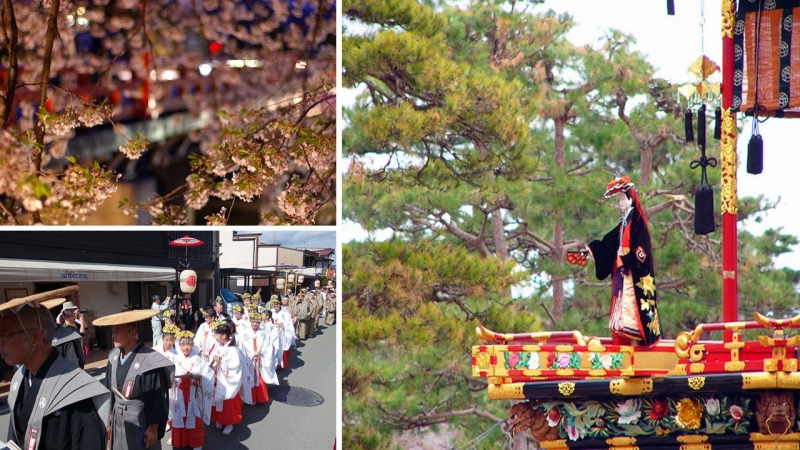
Image credit: つだ (top left), Jonathan Khoo (bottom left), Robert Young (right)
We’re not talking through our hats – Takayama Matsuri is indeed regarded as one of the three most beautiful festivals in Japan. The Takayama Matsuri comprises two festivals: the spring festival in April, and the autumn festival in August. If you happen to be in Japan during these two months, don’t miss out on these festivals.
Having been around since 1652, this UNESCO Intangible Cultural Heritage awarded-festival is one of the most highly-celebrated ones in Japan, where visitors also get to experience the town decked in beautiful cherry blossoms.
Join the crowds and watch as magnificent floats are pulled through the streets of the town, a tribute to the high quality work of its artisans. The sun rays and glowing lanterns after dark both accentuate the gold and lacquer of the floats, while the colourful procession of Shinto palanquins and marionettes move to the beat of lively festival music.
8. Take a closer look at intricate floats used during Takayama Matsuri
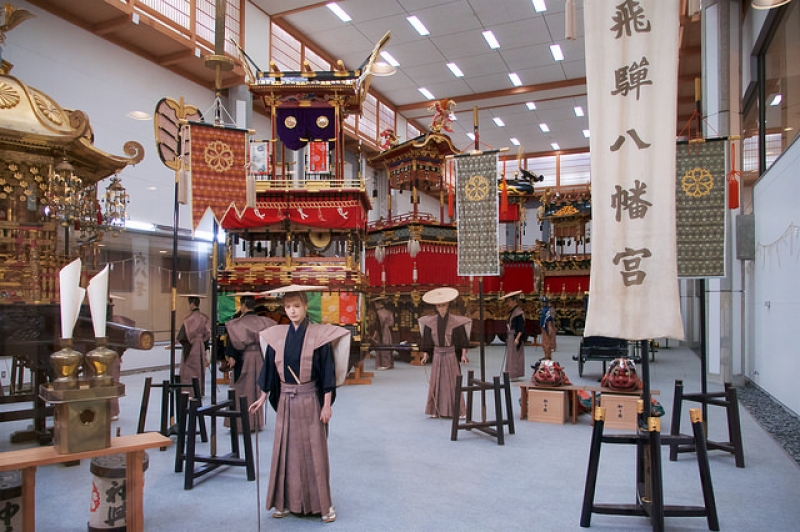
Image credit: Frank Fujimoto
If you’ve missed Takayama Matsuri, fret not! The elaborately-decorated floats that feature prominently during the festival can be found at Takayama Matsuri Yatai Kaikan, located in Sanmachi Suji. With special permission, this museum has been able to display four of the eleven autumn festival floats in the exhibition hall for visitors to see them all year round, and are gorgeous exemplars of Takayama’s renowned craftsmanship.
Adjacent to the museum also lies the Nikkokan, an expansive hall containing intricate models of the different precincts of the Toshogu Shrine in Nikko, one of the most celebrated shrines in the country.
9. Connect with your spiritual side at Takayama’s oldest shrine

Image credit: Pierre Doyen (left), Kimon Berlin (right)
Before visiting the Yatai Kaikan, what about a tranquil stroll through the compounds of the Sakurayama Hachimangu Shrine? Arriving early in the morning pretty much guarantees you the peace and serenity of the shrine without having to worry about other visitors, making it the perfect place for you to relax and contemplate.
10. Sink your teeth into authentic Takayama specialities

Image credit: Geekly Things (left), Kent Wang (right)
Sink your teeth into Takayama’s famous Hida beef, a beautifully marbled piece cut specifically from a black-haired Japanese cattle breed that has been raised in Gifu Prefecture for at least 14 months. This soft and tender beef has been guaranteed a yield score of Grade A or B by the Hida Beef Brand Promotion Conference – assurance for a mind-blowing experience!
Let a slice of Hida beef melt in your mouth as it overwhelms your senses with its juicy flavours. Be sure to dip it in the special sauce that often comes with Hida beef, as it brings out and enhances its sweet flavour. Alternatively, enjoy it with a variety of special yakiniku sauces which include miso and soy sauce.
Be sure not to miss out on Takayama’s ramen, locally known as Chuka Soba, as well. Packed with flavour, this heartwarming dish is made from soy sauce broth and signature wavy wheat noodles made with high-quality flour. For anyone looking to experience ‘the taste of Takayama”, it doesn’t get any more authentic than this.
11. Experience Takayama from a local’s viewpoint
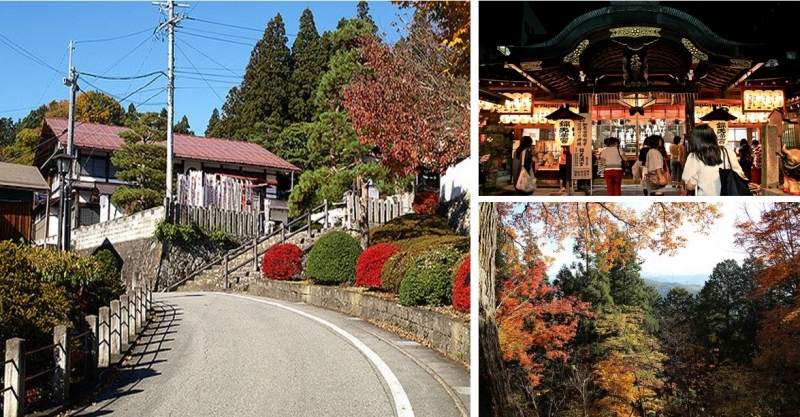
Image credit: Sarubobo (left), Malisa Suchanya (top right) Kyla Duhamel (bottom right)
After admiring how the park’s wilderness has taken over the former site of Takayama castle, cut through the Teramachi, Takayama’s temple town featuring a cluster of thirteen temples and five shrines.
12. Take in the splendour of nature from above
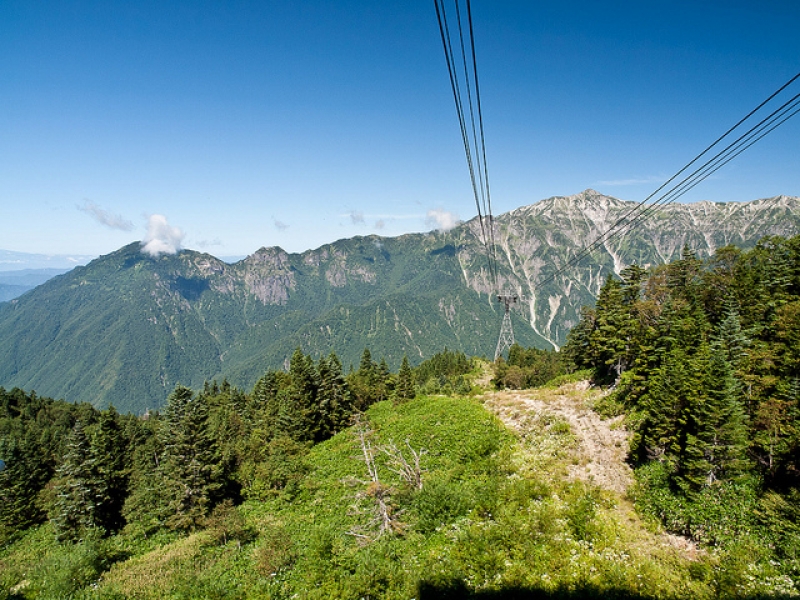
Image credit: Gustavo Jeronimo
Be amongst the clouds when you ride the Shinhotaka Ropeway, an aerial lift system with double-decked gondolas that’ll have you cruising in mid-air over 2,000 metres above sea level. Get ready to be swept away by the beauty of the Japanese Alps from the observation deck, one of the best ways to enjoy the plethora of charming views that Takayama offers.
13. Treat your camera to new sights in other small towns
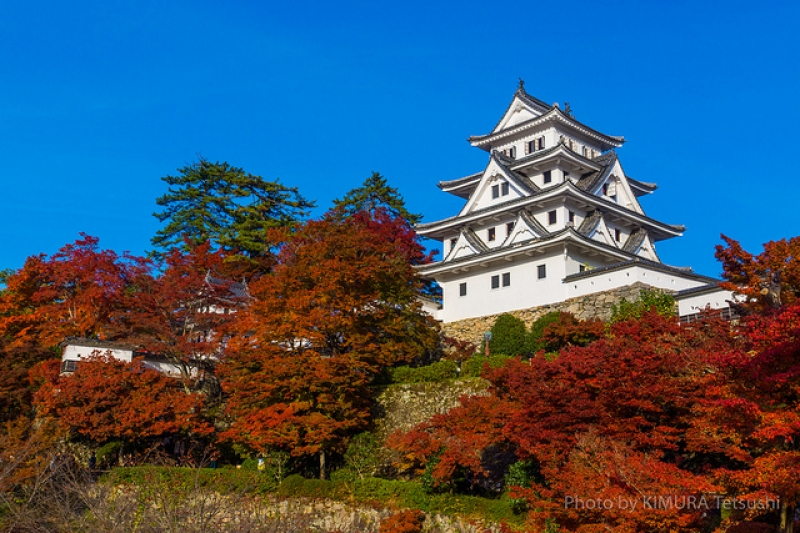
Image credit: Tetsushi Kimura
By now, you must’ve fallen in love with the simplicity of small towns. If you can’t get enough of Takayama, why not drive away to Gujo Hachiman, a small riverside town about an hour’s drive away from Takayama?
Famous for its immaculate waterways and iconic summer dance festival, snap away at the pastoral fountains and water channels still utilized by the locals for washing rice, vegetables and laundry. Make sure to visit the Hachiman Castle, a majestic mountain-top architecture overlooking the historical town.
14. Stargaze the night away in a traditional farmhouse
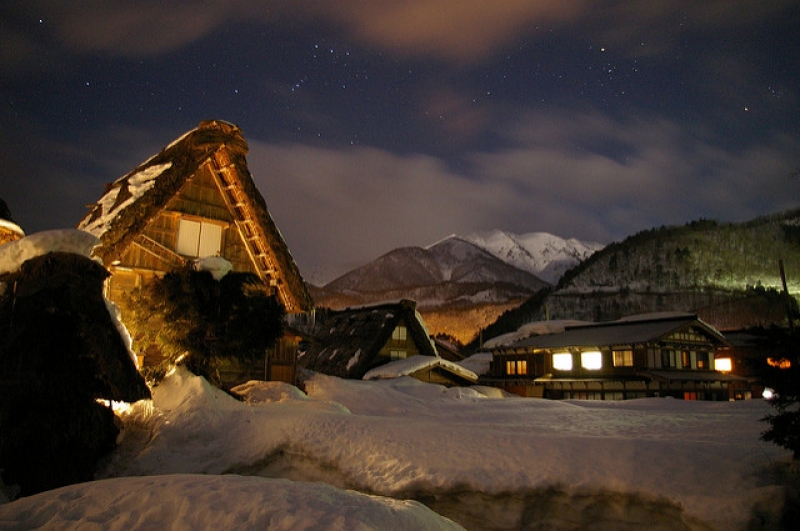
Image credit: つだ
If you’re mesmerised by snow globes, the quiet Japanese village of Shirakawa-go should be heaven for you. Also known as “White River Village”, Shirakawa-go sees an average of 10 metres of snow every year as a result of warm weather patterns that create clouds with tonnes of moisture.
This UNESCO World Heritage-listed village is perfect for stargazing with its clear, unsullied skies and refurbished traditional abodes to serve as guest houses for weary visitors. Quilted in soft blankets of snow, overnighting at a farmhouse minshuku (Japanese-style bed and breakfasts) also serves as a wonderful opportunity to interact with the locals and glimpse at the traditional Japanese way of life.
15. Go skiing!
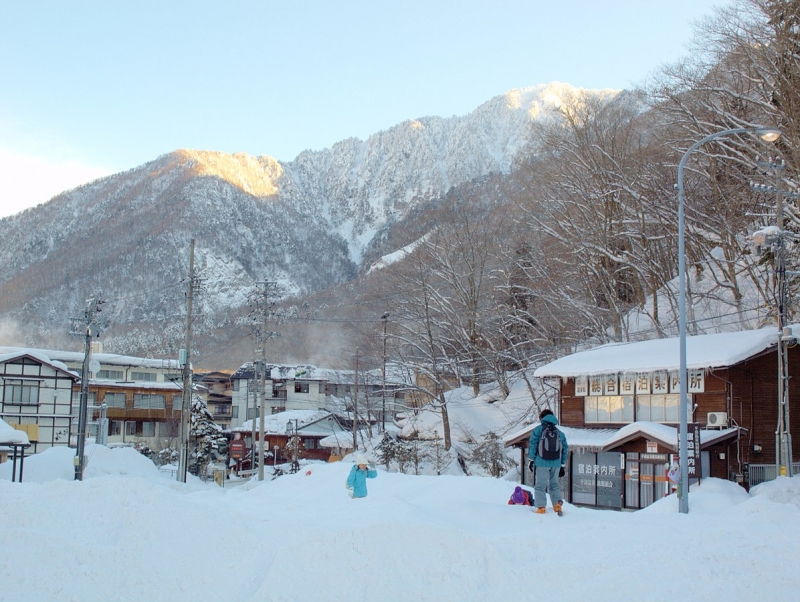
Image credit: ESU
Winter in Takayama is not to be experienced without flying through the snow on a pair of skis. If you’re into the winter sport, there are many resorts open around the area that cater to a fantastic time, most notably Mt Norikura’s ski resorts.
Enjoy high altitudes with powdery snows and sunny landscapes as you whiz through the different courses, suitable for amateurs all the way to experts. Make sure to dress warmly, temperatures can fall as low as -20 degrees in midwinter!
16. Be one with flora and fauna
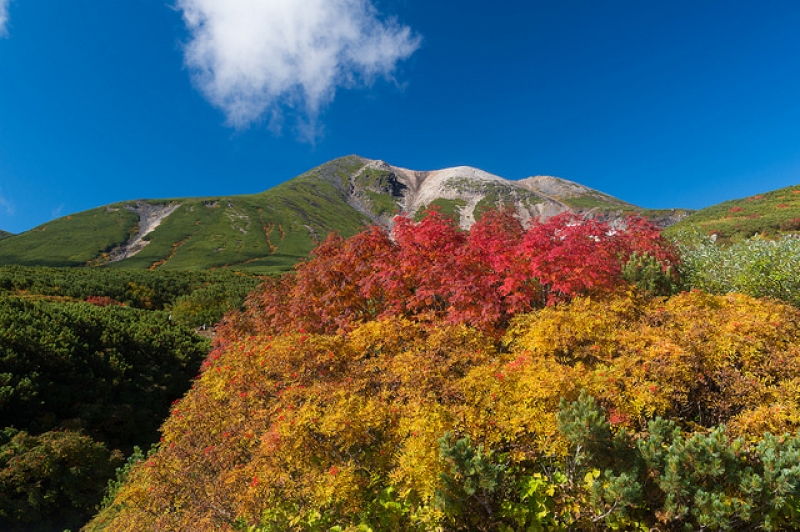
Image credit: ozma
If you’re the sort to shy away from cold weather, a hike around the Goshiki Gahara Forest should be a welcome treat. This gigantic 3,000-hectare forestry area is located at the south end of Chubu-Sangaku National Park, with a nature trail that leads up to the Goshiki Gahara Plateau for amazing views.
Weave through the forest accompanied by a paid guide and follow the tracks to drink in the natural surroundings of rushing rivers, wetlands, lakes and other flora and fauna. At one point, roaring waterfalls make their appearance in the middle of the forest amidst several tranquil ponds formed as a result of the snow melting from Mt Norikura, making for a surreal sight.
17. Bask in the heat of an onsen
Wring the weariness from your bones with a good hot soak in an onsen! Choose from the likes of the renowned Gero Onsen, one of the greatest hot springs in Japan in use for over a thousand years, or ride on a nohi bus to visit nearby onsen towns in Okuhida.
Surrounding volcanic activity in these onsen towns have resulted in waters with various healing properties for the skin and immune system. Choose from over 30 facilities to have a quick soak in or spend the night, and take in the views of its beautiful shrines in between your baths.
18. Stretch your legs by cycling around the countryside
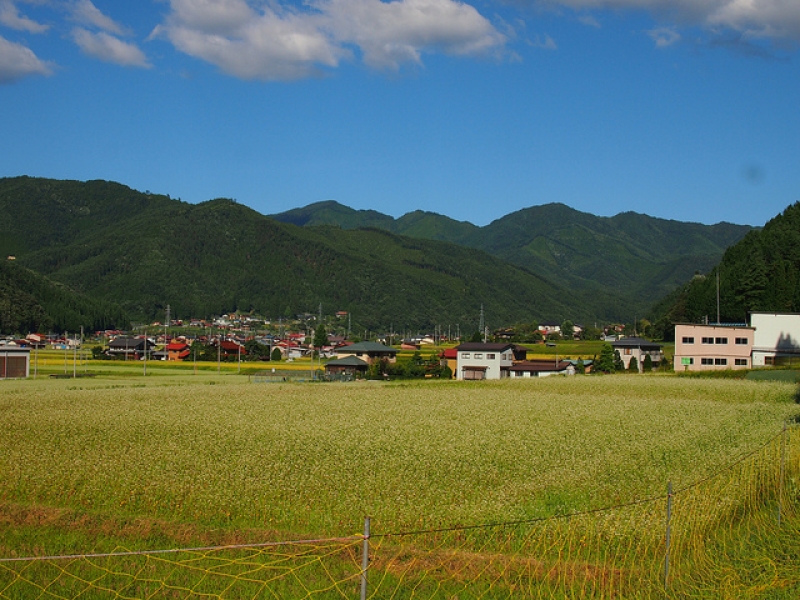
Image credit: Seth Vidal
There are endless ways to explore the countryside, but one of the best ways to get around quickly and take in as much as possible is by cycling. The Hida Satoyama cycling experience in the nearby Hida Furukawa is one of a kind.
Witness the traditional Japanese countryside and farms as you trundle your way past the seasonal rhythm of locals at work and other charming avenues otherwise hidden from sight.
19. Embark on a scenic trail on foot
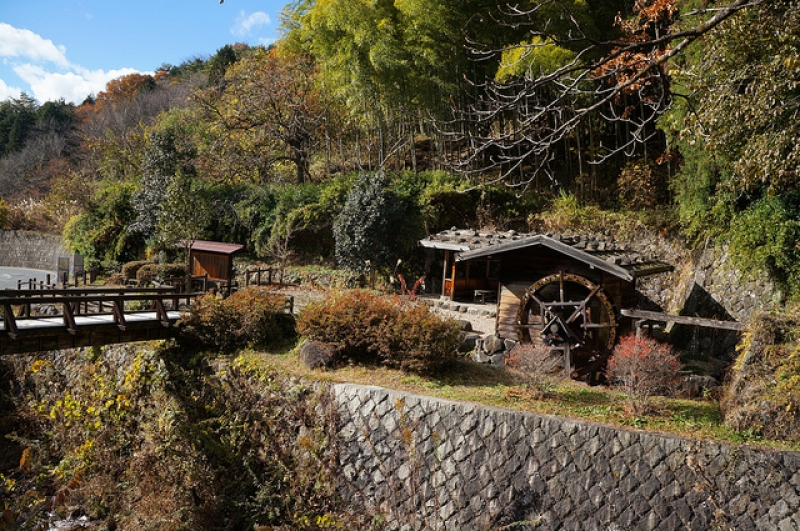
Image credit: glenn forbes
You’ll want to fill up your water bottles for the Magome-Tsumago trail! While you’ll have to do several transfers to get here, we promise that the idyllic Japanese countryside is worth the hassle. Start of on bits and sections of the old Nakasendo road that lead to modern roads and go at a leisurely pace through this highly enjoyable part of Kiso Valley.
The 8km trail is pretty manageable for most levels of fitness and is well-marked in English and Japanese, but if you’re looking to stop at landmarks for some pretty pictures (which we definitely get), you might want to stay in a ryokan at Tsumago overnight to get a good rest before heading back to Takayama.
20. Remember to get your souvenirs!
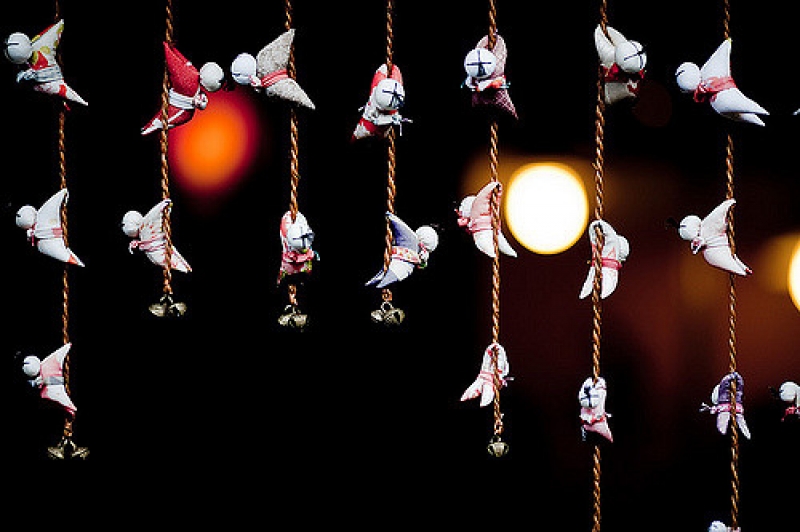
Image credit: Luca Moglia
Not ready to leave? Take a piece of Takayama with you by getting your hands on a sarubobo, a Japanese amulet that is usually red with no facial features. Sarubobos are traditionally made by grandmothers for their grandchildren as dolls and for their daughters as charms for a good marriage and healthy offspring. But they’re definitely cute mementos to grab for your loved ones back home too!
Forget the bustling cities of Tokyo and the like; it’s time to take a break from it all in the picturesque countrysides of Takayama.
